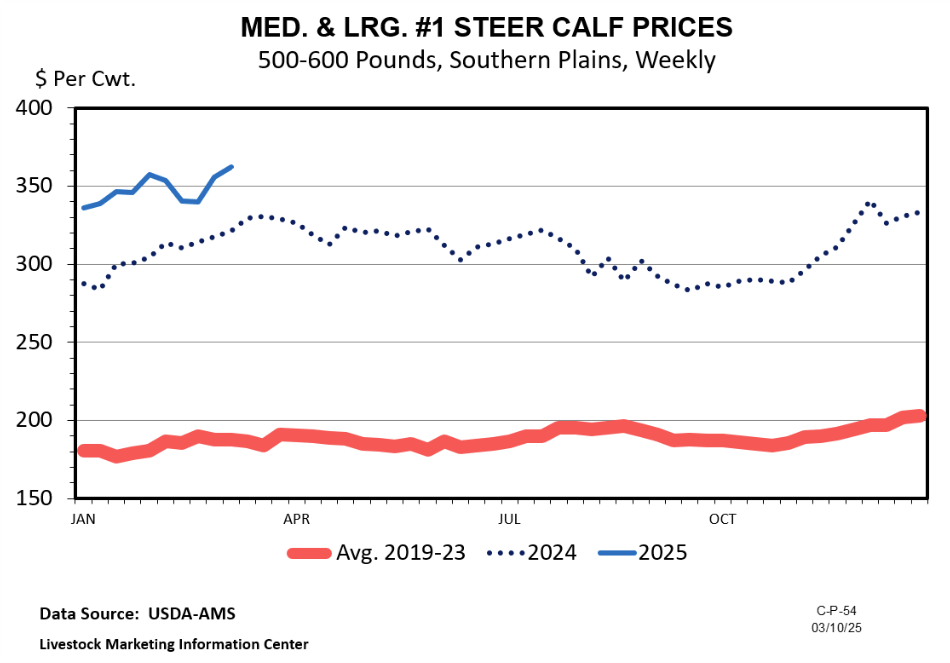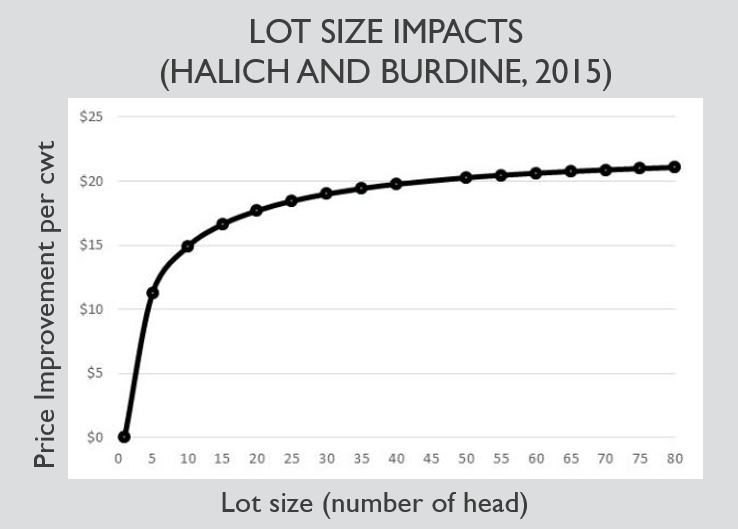By Dr. Kenny Burdine
Reproductive efficiency has a major impact on the profitability of a cow-calf operation. Discussions around this topic often focus on getting cows bred, which is definitely a crucial first step. Most economic research suggests either culling open cows or only retaining them in specific / unique situations. However, getting cows bred in a timely manner also has a significant impact on revenues. With spring calving underway, I thought it might be a good time to discuss the costs associated with those cows that don’t calve as early as we would like them to.

The cost that immediately comes to mind for late calving cows is that they wean smaller calves. These lower weaning weights are primarily a function of age as calves born later in the calving season will be younger at weaning time. Given reasonable assumptions of weight gain, each cycle missed can easily result in 40-50 fewer lbs at weaning. Needless to say, the revenue difference between cows bred during their first cycle vs those bred during the 3rd or 4th cycle can be very significant.
There is another cost of late calving cows that does not get as much attention but is also very important. In addition to those late born calves being smaller at weaning, they are also more likely to be sold in smaller groups since there are fewer of them. Smaller lot sizes are consistently associated with lower calf prices in the literature, which means these late born calves may take another hit in value beyond their lower sale weight.
The figure below was estimated from preconditioned feeder cattle sales in Kentucky and graphically shows the impact of lot size on feeder cattle prices. I show this figure in most of my Extension programs and always like to focus people’s attention on the left side of the graph. Notice how much price improvement was seen simply by having calves uniform enough to sell in groups of 5-10, which is attainable even for relatively small cow-calf operations. In this dataset, a group of 5 outsold a single by $11 per cwt and a group of 10 outsold a single by $15 per cwt. Larger lots sizes are always preferred, but the key message is that one must manage their herds to limit the number of calves that get sold as singles or in very small groups.

Source : osu.edu